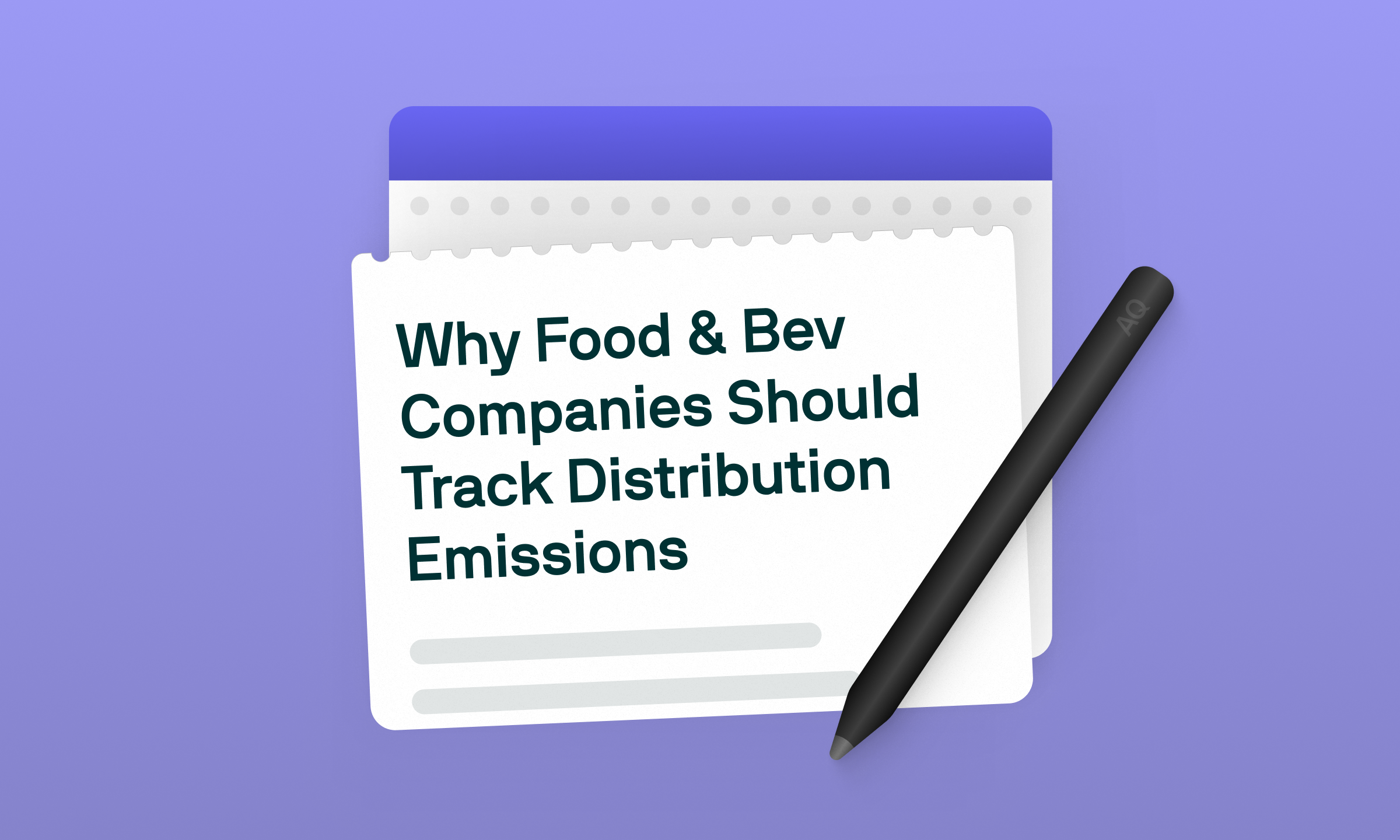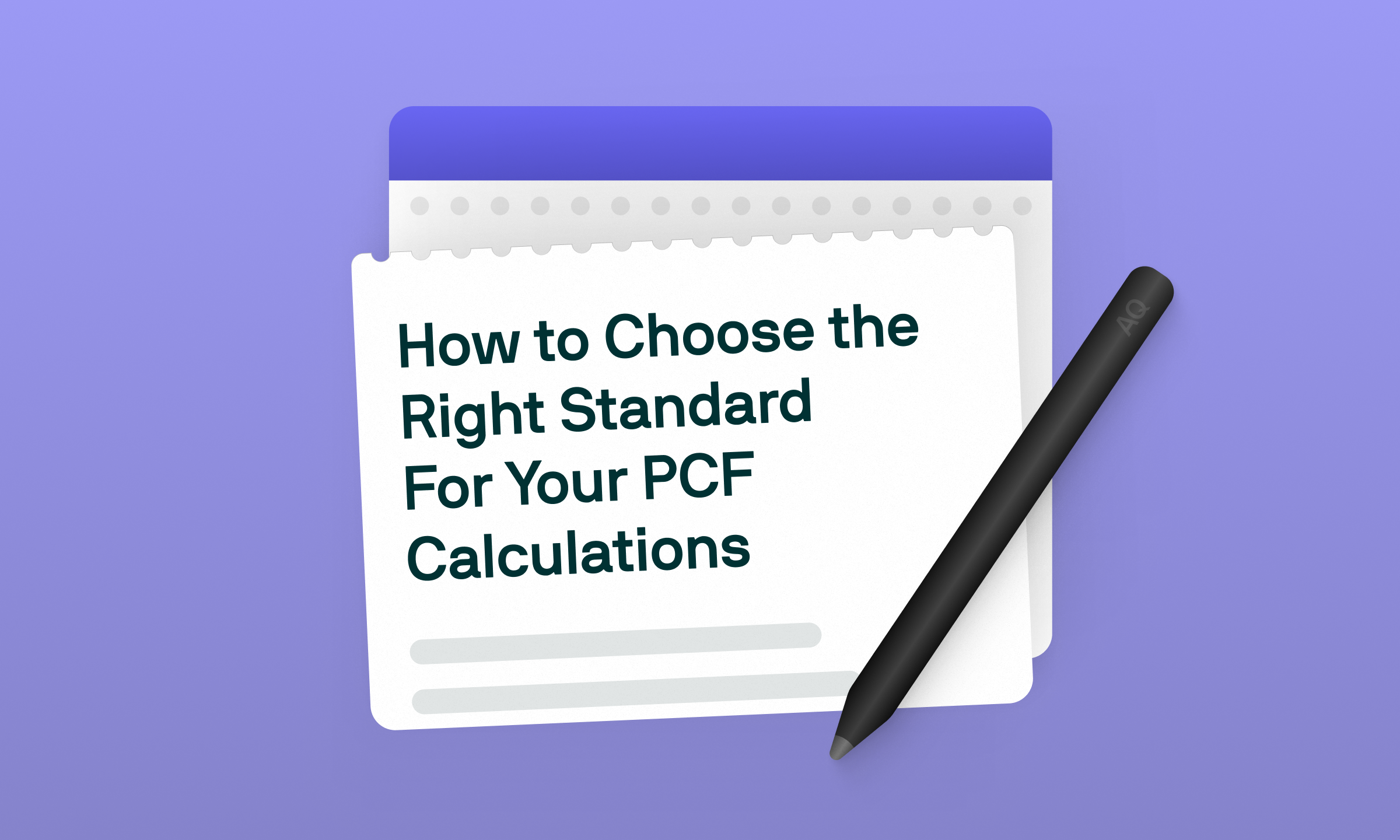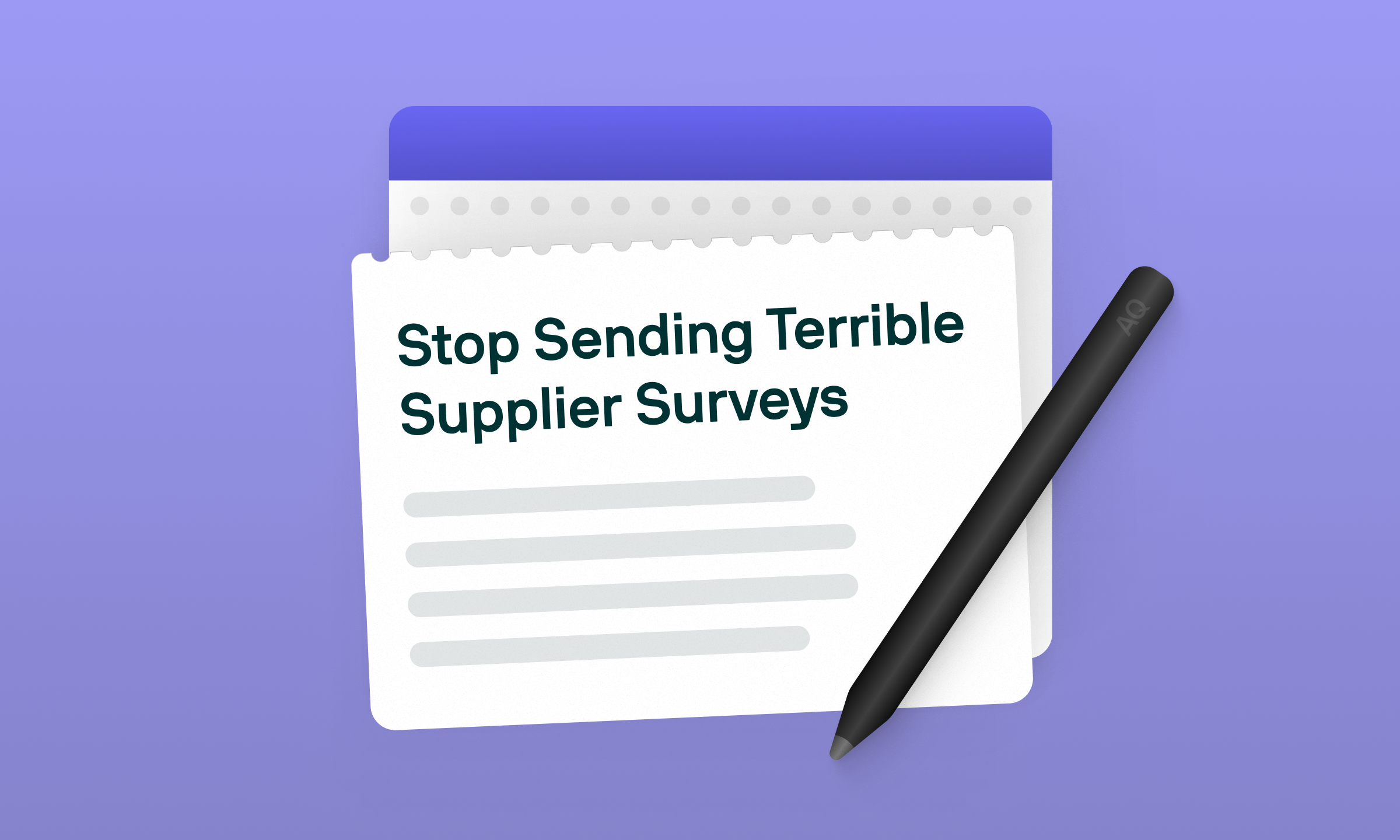Climate Data Management: 2025 Best Practice

What you'll learn



Introduction
We’ve covered this already: the granularity and complexity of sustainability data is exploding.
Regulations push for more data to be collected and analysed, and data quality can make or break brands’ sustainability initiatives.
Before diving into common data management pitfalls, let's take a step back: What data should you focus on? The answer is in data that matters. You can't tackle everything at once, so use materiality principles and engage with key stakeholders to identify the areas where your organisation has the most significant impact and greatest ability to change. Once you've established these priorities, you can build an effective data management strategy.
💡 What is "Climate Data"?
Climate data provides crucial insights into a company’s environmental impact, risks, and opportunities related to climate change. For example, it includes:
- GHG emissions: Scope 1, 2, and 3.
- Energy consumption and production.
- Transition plans and governance, targets and trajectories.
Let's explore the four critical mistakes companies often make in climate data management and how to avoid them with some key best practices.

Best Practice 1: Leverage Data Integration Across Systems
Companies often have to deal with a maze of fragmented information with separate systems for energy management, procurement and logistics, water tracking and so on.
This fragmentation creates inefficiencies and increases the risk of errors. Here’s how you can address this challenge:
- Internal Data Transformation: Develop a centralised data warehouse (i.e. Microsoft Fabric) that consolidates all sustainability data. While this requires significant investment, it streamlines calculations, reporting, and insights generation and creates a single source of truth across the business.
- Specialised Tools: Implement solutions like Altruistiq that can handle multiple data sources and formats while supporting collaborative data tracking. These platforms enable direct data upload by individual users, eliminating the need for manual data collection and consolidation.
Keep in mind your system should be flexible, scalable, and secure. Your infrastructure should accommodate various data formats, provide clear exports, and allow for different types of analysis. Sustainability data deserves the same level of security as financial information, as it often contains sensitive business insights that could reveal operational details or competitive advantages.
Best Practice 2: Assign Clear Data Ownership & Track Expertise
Effective climate data management requires clear ownership and responsibility. Each data source needs a designated owner who understands both the data and its business context. Often, the people closest to specific business activities are best positioned to manage related data - for instance, facility managers typically have direct access to utility data for their locations.
However, data ownership extends beyond the numbers. It's crucial to track internal knowledge and expertise, particularly regarding assumptions used in calculations. Without proper documentation of these assumptions, you risk losing important knowledge when key personnel leave, creating inconsistencies in year-over-year reporting, and limiting the data's usability. To avoid this, it’s best practice to keep a Standard Operating Procedure(s) and Inventory Management Plan.
Best Practice 3: Optimise Data Collection Process
Data collection shouldn't be a transactional process. That creates frustration on both the sides. Instead, focus on:
- Breaking Down Silos: Data collection often becomes a frustrating, top-down process where sustainability managers periodically request data from various owners, adding to their already full plates. Instead, ensure strong collaboration between data teams and sustainability teams through regular steering committees or joint working groups. This prevents situations where data teams provide information that doesn't meet the sustainability team's requirements or sustainability teams request data that's impossible to collect.
- Engaging Data Owners: Success lies in treating data owners as an extension of your sustainability team. Plan ahead and engage them early in the process. Help them understand the broader context of their contribution by sharing your organisation's sustainability vision and long-term goals. Some team members might need more detailed involvement - invite them into the problem-solving phase and make them feel ownership of the solutions. By providing direct access to your data management platform, they become active practitioners rather than passive data providers. This approach allows them to see how their contributions directly impact the organisation's sustainability targets.
- Managing External Data Collection: For most companies, approximately 90% of their environmental impact lies in their value chain. So, data collection cannot stop at the company’s gate. When gathering data from suppliers, be clear on the what and the why of your ask. Explain why you’re collecting the data, and align to methodologies such as PACT (backed by WBCSD) to ensure the data you work so hard to collect meets environmental accounting requirements
Best Practice 4: Harmonise Data Formats & Improve Data Quality
When dealing with poor-quality sustainability data, it’s easy to think about the principle "garbage in, garbage out."
New regulatory frameworks like CSRD, CSDDD, SEC requirements, and SB253 are introducing mandatory auditing and financial penalties for incorrect disclosures. This is driving organisations towards automated, digital, and secure systems that improve data accuracy. However, maintaining high-quality data isn't just about avoiding penalties - it's the foundation for meaningful sustainability analysis and action.
To ensure high data quality, it’s important to establish clear policies and oversight mechanisms, build consensus across departments about data standards, and foster a culture of reporting and accountability. At the same time, don’t be too hard on yourself - keep in mind that the process of having good climate data is a journey and it’s almost impossible to start with high accuracy across all of your impact areas. As we already mentioned, focus on the priority areas and take it from there.
Your Action Plan
- Define your scope and priorities: Identify the key sustainability metrics and targets for your business
- Map data ownership: Find the right people to provide accurate data and build the necessary capabilities
- Automate processes: Implement systems and tools to streamline data collection and management
- Leverage insights: Use your data to drive decision-making and continuous improvement
Additional Resources
Want to learn more about the CSRD climate disclosure requirements with a sprinkle to SBTI? Watch our digital event on “Climate Goal Setting: The Role of Data Management”, available on-demand.



.svg.webp)






.png)



